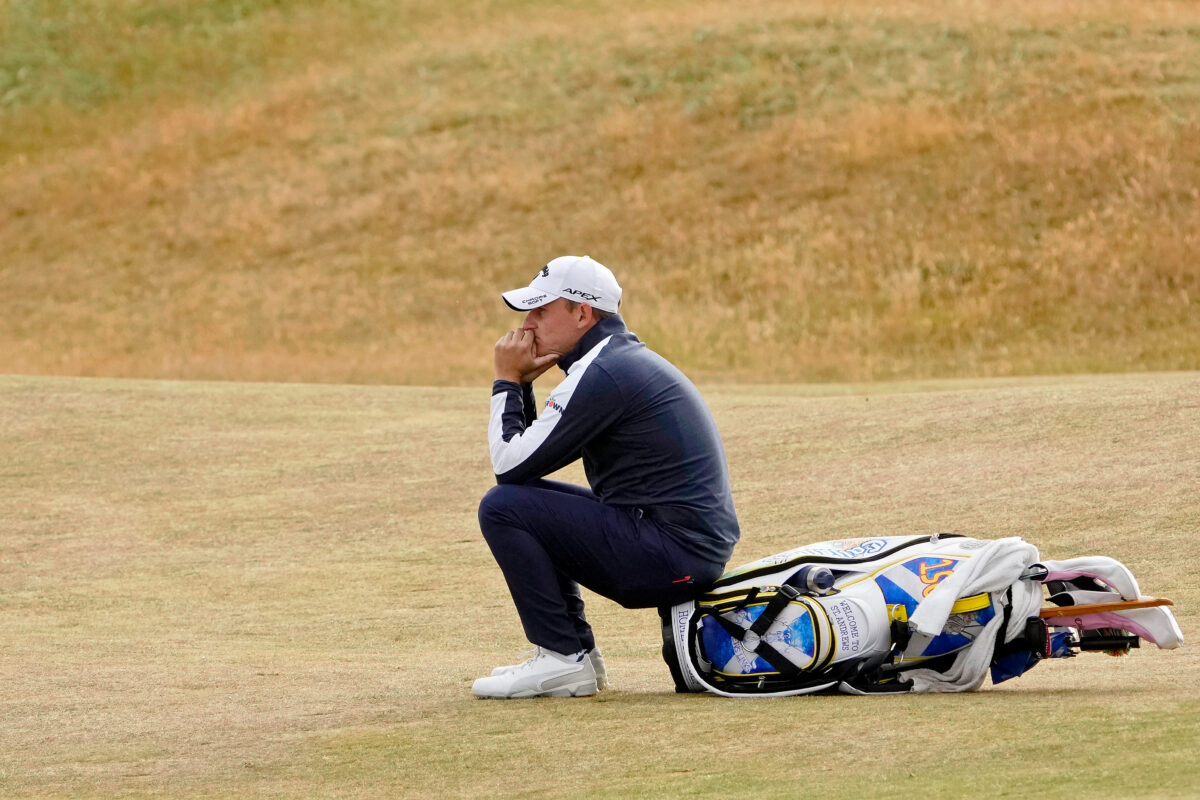NAPLES, Fla. — Nelly Korda plays so fast there are times that her caddie, Jason McDede, has to slow her down. There are many things to admire about the No. 1 player in the world, and the speed with which she plays the game hovers near the top of the list.
“I just always say, your first instinct is your best instinct,” said Korda, who’s fresh off her seventh victory of the season. “Just be ready when it’s your turn.”
The topic of slow play is nothing new, of course, but Lexi Thompson thinks the LPGA is only getting slower.
“I don’t really know why it’s gotten worse,” said Thompson, “but it has unfortunately.”
Korda and Charley Hull were part of a third round that finished in the dark on Saturday last week at The Annika driven by Gainbridge at Pelican. Two of the fastest players on tour were forced to suffer through a round that took five hours and 38 minutes. The tour went 51 minutes over its allotted TV window. In this case, Golf Channel extended coverage.
Nichols: Slow play continues to be a black eye for the LPGA. It’s time to shrink the field at The Annika
“I personally think it’s a pretty big issue,” said Korda. “I think it’s not good for the fans that come out and watch us. If it was me personally, I would be very, very annoyed watching for five hours, over five hours, five hours and 40 minutes, close to six. I just think it really drags the game down.
“I think that it really, really needs to change.”
When asked about slow play after The Annika, Hull offered a rather extreme answer to the problem, calling for repeat offenders to lose their tour cards. Korda shared a video of Hull’s comments on social media, as did PGA Tour player Max Homa.
“I’m quite ruthless,” said Hull, “but I said, listen, if you get three bad timings, every time it’s a two-shot penalty, if you have three of them you lose your tour card instantly. I’m sure that would hurry a lot of people up and they won’t want to lose their tour card.
“That would kill the slow play, but they would never do that.”

After playing the weekend together at Pelican, Korda and Hull played a practice round on Tuesday at the CME Group Tour Championship in Naples. Not surprisingly, the topic of slow play came up again, likely during a long wait.
“She was talking and it’s like either a 5 or a 6, like you got two options,” said Korda. “It’s either wind is off your right or wind is off your left, wind is into, wind is down. You can’t – it’s just people just try to overcomplicate it.”
Korda echoes the thoughts of many when she says that the tour needs more rules officials. She’d like to see officials out with the first group, ready to prod. She’d also like to see more penalties given out.
“To be standing over a putt for two to three minutes, that’s ridiculous,” said Korda. “When a group in front of me is on the green and I’m in the fairway, I’m already getting ready. I’m getting my numbers ready, talking about the shot, so by the time it’s my turn, I already have my game plan. … People start their process a little too late and they stand over it too long.”
Thompson called Hull’s slow-play solution “aggressive” but said she didn’t disagree, noting rounds should never take more than four and a half hours.
“Something has to be done to quicken up the play out there,” said Thompson.
The tour’s most popular players have had enough.
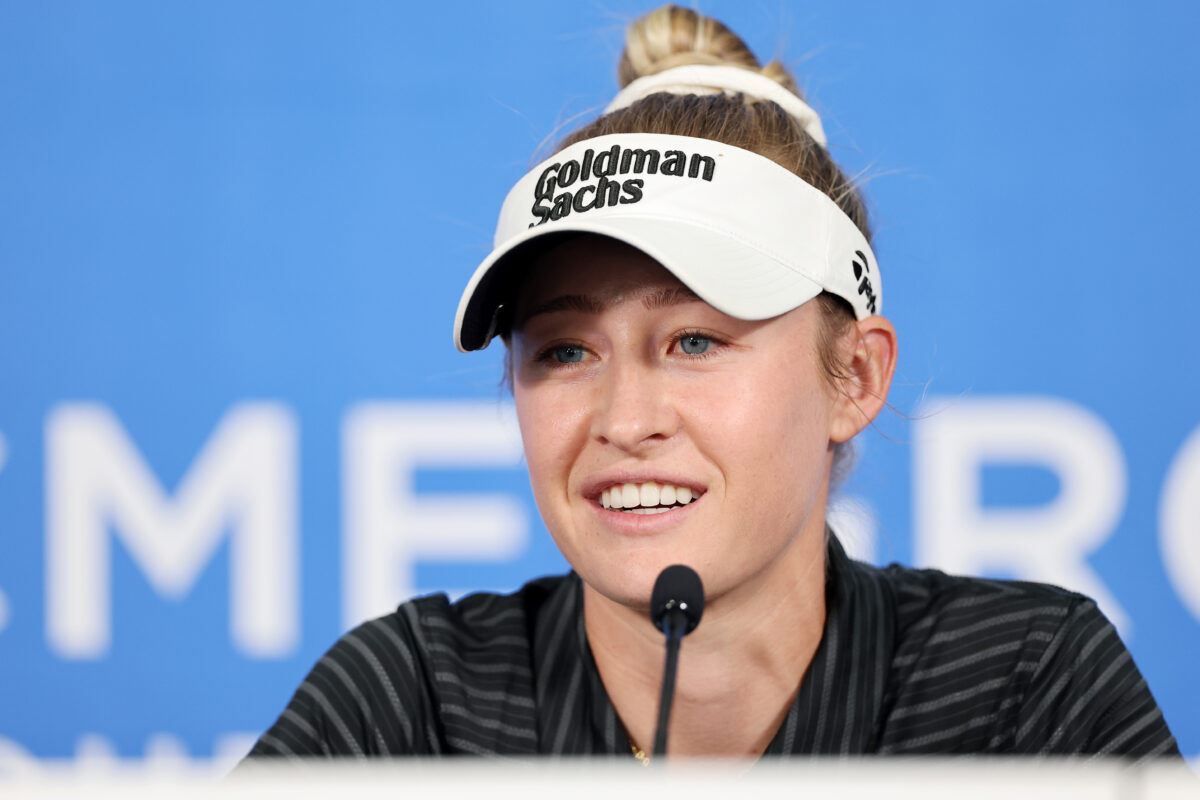
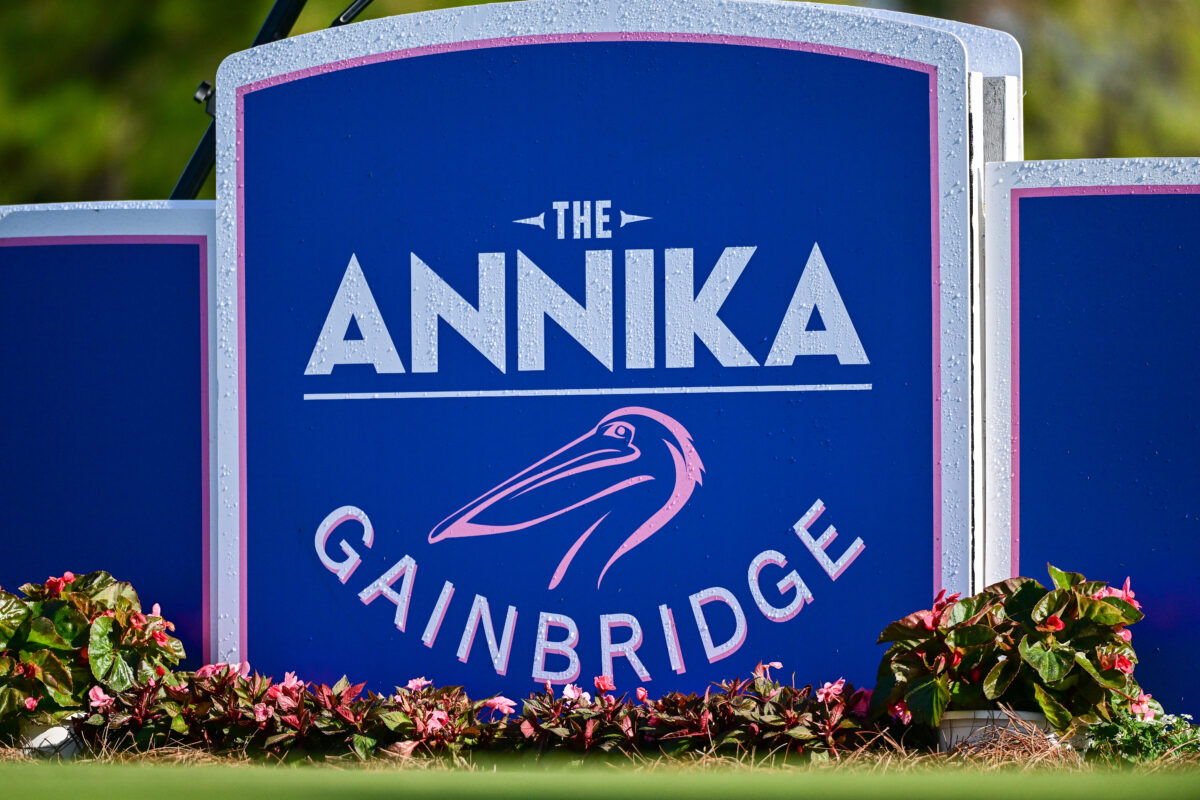


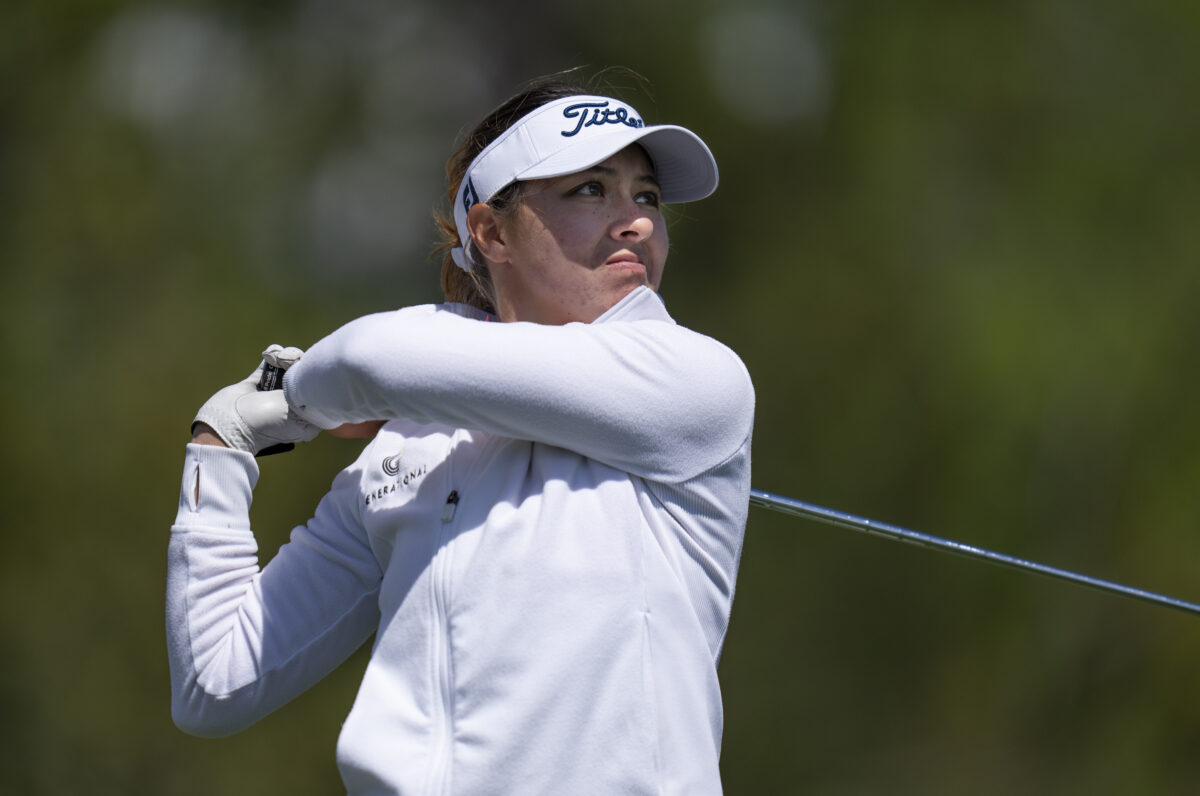

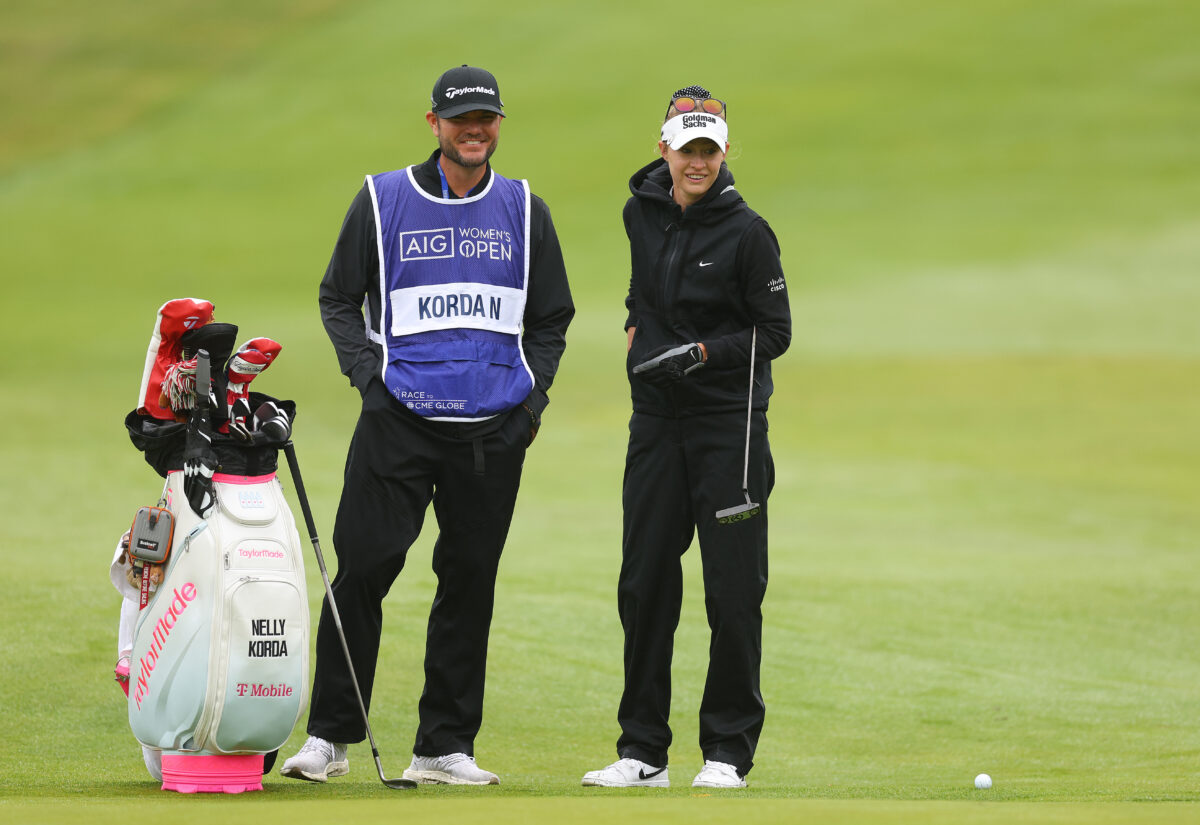





 ACE ALERT
ACE ALERT 